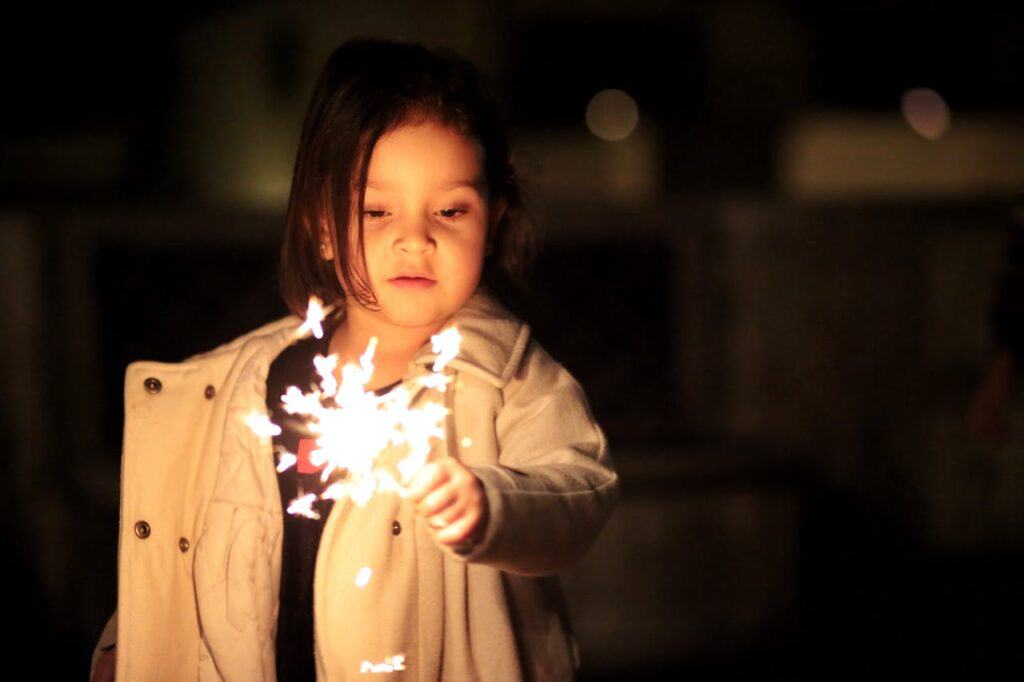How to Explain Santa, the Tooth Fairy & Other Myths Without Breaking Hearts
Navigating childhood myths requires delicate balance between preserving magic and maintaining honesty. Here’s how to handle the inevitable questions about fantasy figures without destroying wonder or creating trust issues.
Start with Questions, Not Answers

When kids ask if Santa is real, respond with “What do you think?” rather than immediate explanations. This reveals how much they want to believe versus what they’ve figured out logically. Tailor your response to their readiness level and emotional needs. Let them guide the conversation rather than forcing revelations.
Focus on the Spirit Behind the Story

Explain that Santa represents the joy of giving and generosity during the holiday season. The Tooth Fairy celebrates growing up milestones and childhood achievements. These figures embody real values even if the characters are imaginary creations. The lessons remain meaningful regardless of literal truth about the characters themselves.
Use the “Some Families” Approach

“Some families enjoy pretending about Santa, others don’t celebrate that way” acknowledges different traditions without declaring universal truth. This acknowledges different traditions without declaring universal truth about right or wrong ways to celebrate. Kids learn that families make different choices about celebrating myths and that’s perfectly acceptable.
Transition to Being Part of the Magic

Once they know the truth, invite them to help create magic for younger siblings or cousins. They become co-conspirators rather than disappointed victims of deception. This preserves the joy while acknowledging their maturity and new understanding. They feel special being part of creating wonder for others.
Address the Lying Concern Head-On

Explain the difference between harmful lies and fun pretend games that bring families together. Fantasy stories are shared imagination, not deception meant to hurt or manipulate. Help them understand that some “lies” are actually creative play that brings families together and creates positive memories for everyone involved.
Respect Their Development Timeline

Don’t rush to destroy beliefs if they’re not ready for the truth yet. Some kids figure it out early; others want to believe longer. Follow their lead rather than imposing your timeline on their developmental process. Forced revelations can create unnecessary sadness or feelings of betrayal when they’re not emotionally prepared.
Prepare Them Not to Spoil Others

Teach the responsibility that comes with knowledge about family myths and traditions. Other kids might still believe, and it’s not their job to enlighten them or ruin the magic. This teaches empathy and respect for others’ experiences and family choices. They learn discretion and consideration for others’ feelings.
Keep Some Mystery Alive

Even after explaining myths, maintain wonder about real magic: how flowers grow, why sunsets are beautiful, how love works. Replace fantasy magic with appreciation for actual miracles surrounding us daily. The world contains plenty of genuine wonder and mystery that can inspire awe without requiring fictional characters.





